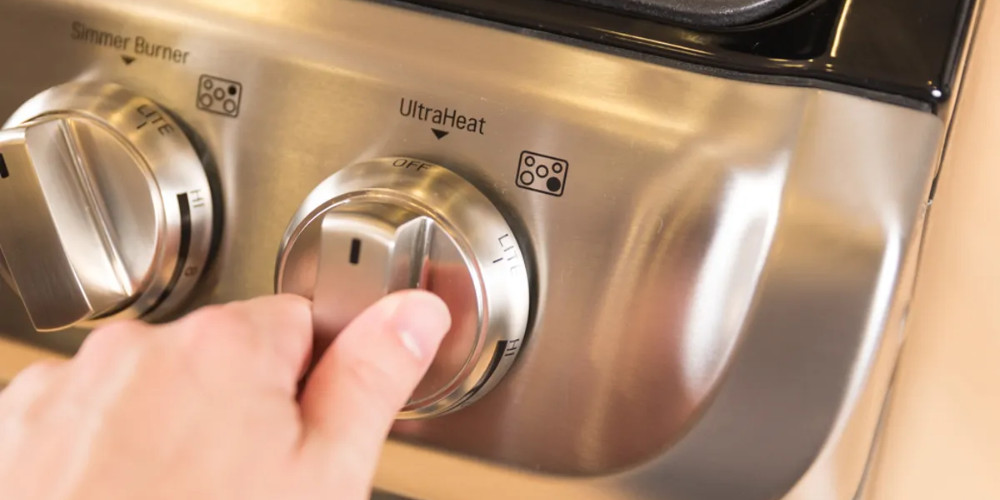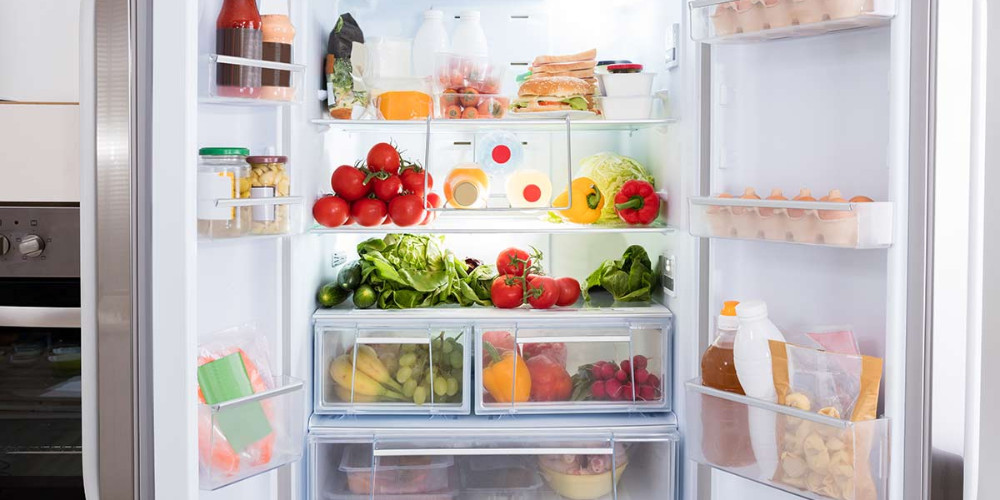Every year on June 7, the world celebrates World Food Safety Day to emphasise the significance of upholding food standards. The goal of the day was to inspire UN member countries to promote food safety standards and collaborate to safeguard consumers from foodborne infections.
Theme
The theme of this year’s World Food Safety Day is “Food standards save lives.” Most people depend on the information in the packaging of consumable items to know whether their food is safe. These food safety standards guide farmers and those who process food.
Significance
Modern farming practises have resulted in an increase in pesticides, chemicals, and additives in food, which will harm consumers if not regulated. Water contamination is another big issue. World Food Safety Day guarantees that food safety standards are followed in order to ensure the health of all consumers.

The significance of World Food Safety Day lies in several key aspects:
- Public Health: Food safety is essential for public health. Contaminated or unsafe food can lead to foodborne illnesses, causing significant health problems and even death. According to WHO, around 600 million people fall ill and 420,000 die each year due to foodborne diseases. World Food Safety Day highlights the importance of safe food practices to protect public health and prevent the spread of foodborne illnesses.
- Global Cooperation: World Food Safety Day serves as a platform to foster international collaboration and cooperation in addressing food safety issues. It brings together governments, organizations, businesses, and consumers to share knowledge, best practices, and experiences in food safety management. Collaboration is crucial to developing and implementing effective food safety measures at local, national, and international levels.
- Food Security: Ensuring food safety is closely linked to food security. Unsafe food can undermine food security by causing illnesses, reducing productivity, and affecting economic growth. By promoting food safety, World Food Safety Day contributes to the overall goal of achieving food security for all, which is one of the United Nations’ Sustainable Development Goals (SDGs).
- Consumer Awareness: World Food Safety Day plays a crucial role in raising consumer awareness about food safety issues. It encourages individuals to become more informed and vigilant about the safety and quality of the food they eat. Through education and information campaigns, consumers can make better choices, handle food safely, and demand accountability from food producers and suppliers.
- Sustainable Development: Food safety is an integral part of sustainable development. It encompasses various aspects such as food production, processing, storage, distribution, and consumption. Ensuring food safety contributes to reducing food waste, improving food quality, and promoting sustainable agricultural practices. World Food Safety Day highlights the need for sustainable and responsible approaches to food production and consumption.
Four Steps to Food Safety

Clean: Wash your hands and surfaces often.
- Germs that cause food poisoning can survive in many places and spread around your kitchen.
- Wash your hands for at least 20 seconds with soap and warm or cold water before, during, and after preparing food and before eating.
- Always wash hands after handling uncooked meat, chicken and other poultry, seafood, flour, or eggs.
- Wash your utensils, cutting boards, and countertops with hot, soapy water after preparing each food item.
- Rinse fresh fruits and vegetables under running water.

Separate: Don’t cross-contaminate.
- Raw meat, chicken and other poultry, seafood, and eggs can spread germs to ready-to-eat food unless you keep them separate.
- When grocery shopping, keep raw meat, poultry, seafood, and their juices away from other foods.
- Keep raw or marinating meat, poultry, seafood, and eggs separate from all other foods in the refrigerator. Store raw meat, poultry, and seafood in sealed containers or wrap them securely so the juices don’t leak onto other foods.
- Use one cutting board or plate for raw meat, poultry, and seafood and a separate cutting board or plate for produce, bread, and other foods that won’t be cooked.
- Raw chicken is ready to cook and doesn’t need to be washed first. Washing these foods can spread germs to other foods, the sink, and the counter and make you sick. If you choose to wash chicken, do so as safely as possible.

Cook to the right temperature.
- Food is safely cooked when the internal temperature gets high enough to kill germs that can make you sick. The only way to tell if food is safely cooked is to use a food thermometer. You can’t tell if food is safely cooked by checking its color and texture (except for seafood).
- Use a food thermometer to ensure foods are cooked to a safe internal temperature. Learn how to place the thermometer correctly in different food to get an accurate reading.
- Whole cuts of beef, veal, lamb, and pork, including fresh ham: 145°F (then allow the meat to rest for 3 minutes before carving or eating)
- Fish with fins: 145°F or cook until the flesh is opaque and separates easily with a fork
- Ground meats, such as beef and pork: 160°F
- All poultry, including ground chicken and turkey: 165°F
- Leftovers and casseroles: 165°F
- Check this chart for a detailed list of temperatures and foods, including shellfish and precooked ham.
- Microwave food thoroughly: Follow recommended cooking and standing times. Letting food sit for a few minutes after microwaving allows cold spots to absorb heat from hotter areas and cook more completely.
- Know your microwave’s wattage. Check inside the door, owner’s manual, or manufacturer’s website. If your microwave is high wattage (800 watts or more), use the minimum cooking time recommended. If it is low wattage (300–500 watts), use the maximum cooking time recommended.
- When reheating, use a food thermometer to make sure that microwaved food reaches 165°F.

Chill: Refrigerate promptly.
Bacteria can multiply rapidly if left at room temperature or in the “Danger Zone” between 40°F and 140°F.
- Keep your refrigerator at 40°F or below and your freezer at 0°F or below, and know when to throw food out before it spoils. If your refrigerator doesn’t have a built-in thermometer, keep an appliance thermometer inside it to check the temperature.
- Package warm or hot food into several clean, shallow containers and then refrigerate. It is okay to put small portions of hot food in the refrigerator since they will chill faster.
- Refrigerate perishable food (meat, seafood, dairy, cut fruit, some vegetables, and cooked leftovers) within 2 hours. If the food is exposed to temperatures above 90°F, like a hot car or picnic, refrigerate it within 1 hour.
- Thaw frozen food safely in the refrigerator, in cold water, or in the microwave. Never thaw food on the counter because bacteria multiply quickly in the parts of the food that reach room temperature.












More Stories
कमल हासन: 19 फिल्मफेयर, 4 नेशनल, पद्मश्री और पद्मभूषण अवॉर्ड भी नहीं रोक पाए विरोध की आंधी, अब क्यों जल रहे हैं इस सुपरस्टार के पुतले?
गोवा में टैक्सी संकट: चालकों का विरोध तेज, सरकार ने सरकारी ऐप से जुड़ने की अपील की
Prey Decline Fuels Tiger-Human Conflict in East India